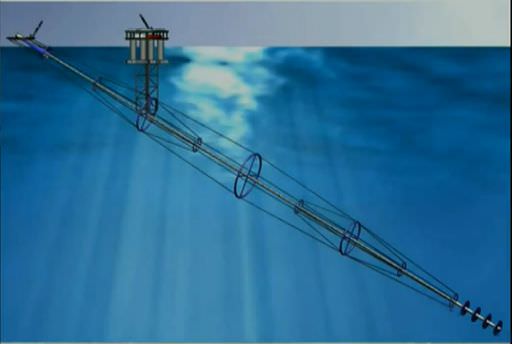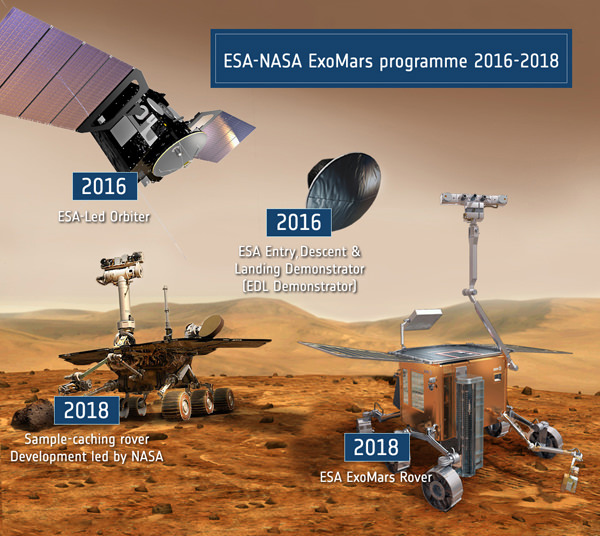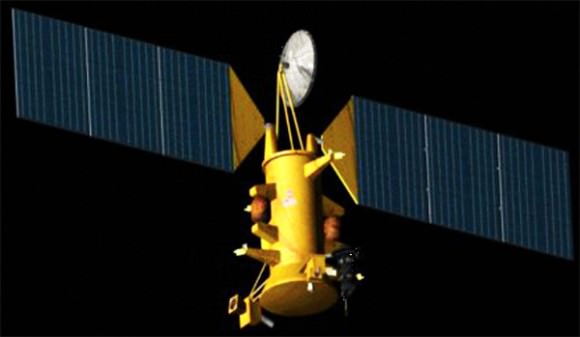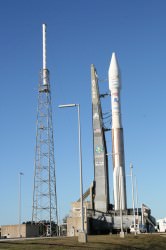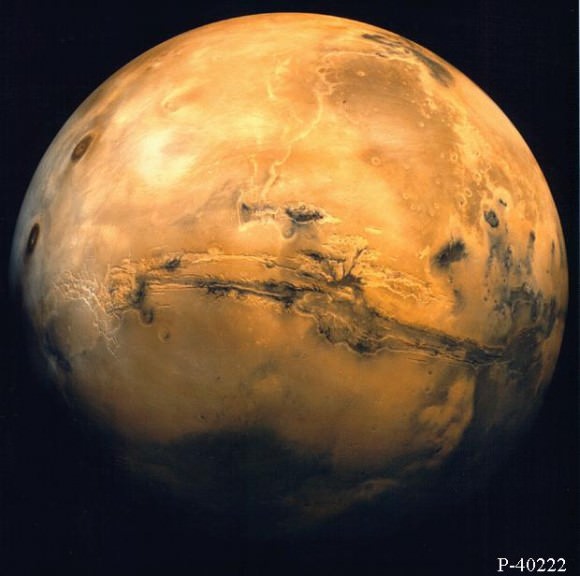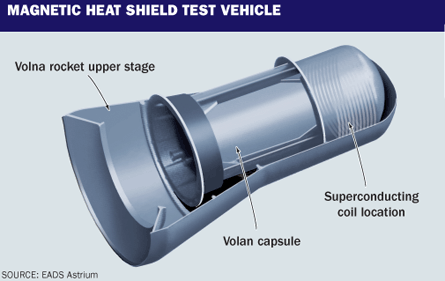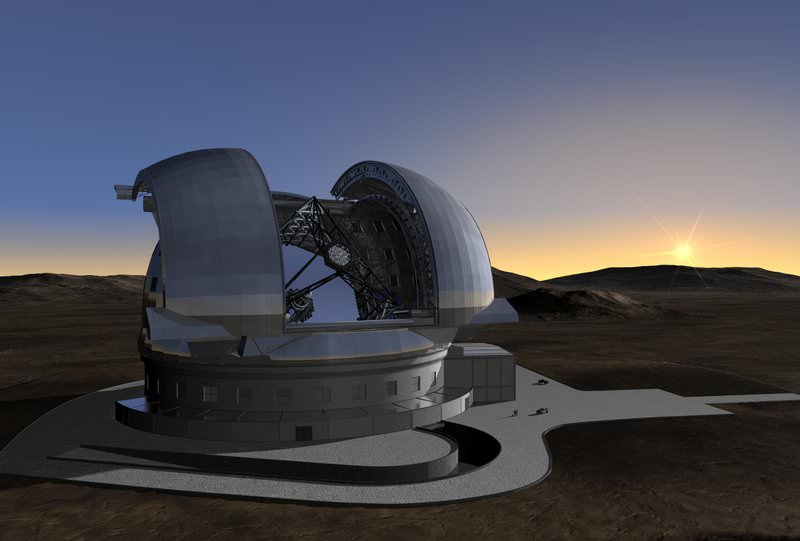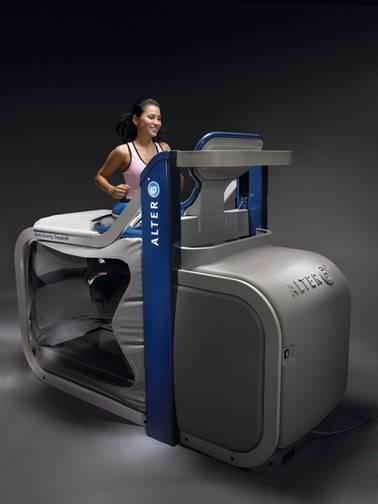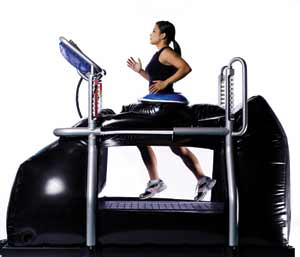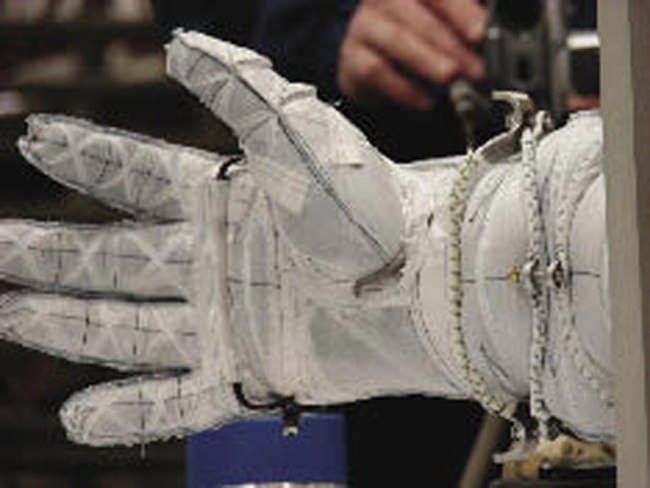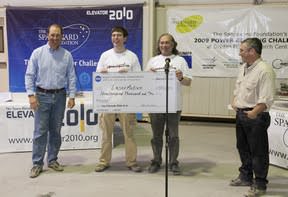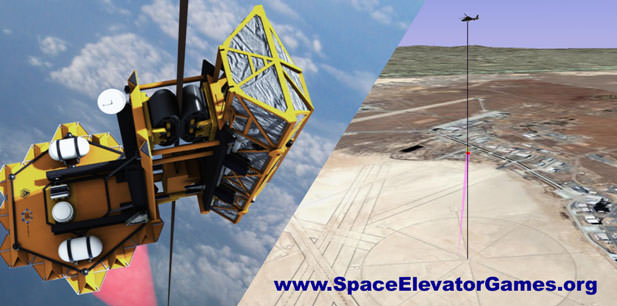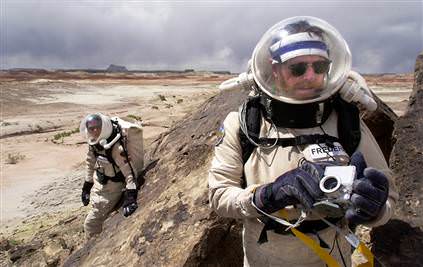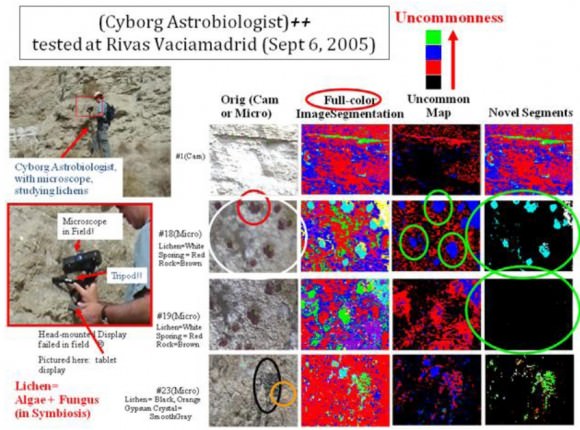To get something into space right now, you need a rocket. You also need a lot of money, as the current going rate for getting something into orbit is about $5,000 a pound ($11,000 per kg). But what if you could, instead, do away with the rocket and still get your payload to space, for under $1,000 a pound? Sounds like a deal, right.
According to Dr. John Hunter, a physicist at Lawrence Livermore National Laboratory and president of the company Quicklaunch, Inc., using a hydrogen-powered cannon may be the ticket for cheap access to space. That’s right, a “space gun” platform for inserting satellites, fuel, and other supplies into space genuinely could be the next big thing in space technology.
You might say, “A gun to shoot stuff into space? That sounds like something out of Jules Verne!” And you’d be right: in Verne’s “From the Earth to the Moon” a giant cannon called the Columbiad was used to propel three of the characters in the story to the Moon.
“Jules Verne got it right, he just had to pick the correct fluid, ” Hunter said in a Google Techtalk, embedded below.
Rockets have been the workhorse of space-faring nations for decades, but there are a few newcomers to the game that are just getting started. Space elevators are starting to get “off the ground”, so to speak – the Space Elevator Games turned out a winner just last year – as an alternative method of transporting materials into space.
“We do hear about space elevators a lot of the time, and people always ask, ‘Are you related to space elevators?’, but we don’t interact as far as technologies go.” Hunter said.
Light-gas cannons work almost like you’d expect a really, really big gun to work: at one end inside of a long tube a gas, hydrogen, helium or methane, is pressurized to an extreme pressure, 15,000 PSI in the largest cannon proposed by Hunter. The payload is at this end of the cannon, when the pressure is released, the bullet-shaped projectile that holds the payload is ejected out of the end. Hydrogen is used because of its lightness. Since a projectile can’t go faster than what’s pushing it along inside a cannon, the lighter gas – which can travel quicker – allows for a projectile to be accelerated to incredible speeds, in excess of 13,000 miles per hour (21,000 km/hr).
These cannons have been around since the 1960s, though they haven’t seen any use in space payload delivery technology. The record setting cannon for altitude of a projectile was the High-Altitude Research Project (HARP) cannon. It was built by the United States Department of Defense and Canada’s Department of National Defence, and placed in the Yuma proving grounds in Arizona. It successfully lobbed a Martlet-2C inert projectile to 180 km (112 miles) on November 12th, 1966, which still stands as the altitude record for this type of gun.
Another iteration, developed by Dr. Hunter himself, was the Super High-Altitude Research Project (SHARP, an homage to the original cannon) in the late 1980s by Lawrence Livermore University.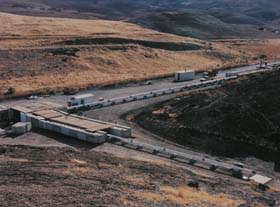
Hunter explained to Universe Today via phone interview, “So here’s what happens: I started back in 1985 at Livermore and I was fresh out of grad school and they hired me to build electric guns which I could have done pretty straightforwardly. But I ran into a guy at a cocktail party, believe it or not. He knew I was working on post-production coil guns and and he said, ‘John, those are great because you can get 12km/s where we can only get to like 9 km/s with these gas guns.’ I said, ‘What’s a gas gun?’ That’s what started this whole ball rolling. As it turns out, the electric guns only get to 5.5 km/s and gas guns get to 11km/s.”
SHARP was – and still is – owned by the United States Air Force. Hunter’s company has a five-year contract to utilize the gun for testing shots, but it’s not set up to do shots vertically. SHARP was originally designed as a testbed for hypersonic engines for scramjets – jets that are accelerated to high speeds, then use a specialized engine of their own to push up to 8 or 9 times the speed of sound.
“If we’re going to to a publicized shot, where there’s a lot of publicity and stuff, we’d have to go to a different system, which would not be a big deal to build one because I could dedicate it for that particular application. If we decide to do the shot with the Air Force, that’ll probably be a smaller subset of people who could watch the shot. The Air Force is sorta careful how they do things so we have to get approval. They actually own the gun.”
So Hunter has struck out on his own to develop a commercially viable cannon that can deliver payloads at a fraction of the cost of conventional rockets. He and two other scientists, Dr. Harry Cartland and Dr. Rick Twogood, formed Quicklaunch, Inc.
“We got out of the blocks the 30th of September when we had the Space Investment Summit. Then I made the talk at Google and then the Popular Science article and we have now briefed a venture capital group. We’re in the “hustle phase” and I expect us to be in this hustle phase for six months, where we have to go just shop our project around. But while we’re in this phase we still believe in hardware so I’m actually going to have a demonstrating submerged version late February. It basically will acquire the right inclination and do shots. It’s going to be a 10-foot prototype,” Hunter said.
Ultimately, Hunter envisions a large-scale cannon that will launch from the sea near the equator. In launching from the sea, the gun will be able to pivot and swing around to launch payloads to different orbits easily. Being near the equator is necessary because that’s where the Earth is spinning its fastest, so objects launched from equatorial latitude can obtain a higher orbit with less energy.
Critical to getting the payloads into orbit is the use of a single-stage rocket attached to the payload projectile. Since the largest gun is projected to get the package going at a little over 7km/s (4.3 miles/s), a booster is needed for that extra push to get it past the escape velocity of the Earth, which is 11.2 km/s (6.95 miles/s).
Don’t expect to see humans launching to the Moon or Mars aboard one of the projectiles, though, as the force of launch from the cannon could be up to 5,000 Gs.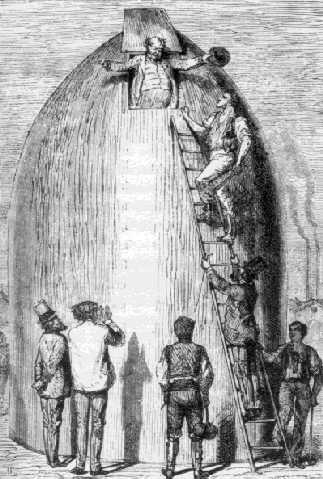
The largest – and most expensive – cannon would be capable of launching 1,000-pound (454 kg) payloads into a Low-Earth Orbit (LEO). The projected cost for this cannon is $500 million, but this is the last stage in a proposed series of cannons that would start out small and build on the lessons learned from each iteration.
After some initial testing with the SHARP gun and prototype models, a system that is capable of launching 2-pound (0.9 kg) payloads into space will be designed. The cost of this cannon, Hunter estimates, will be around $10 million and take two years to get rolling.
“[The 2lb capability launcher] is actually tailored to a small niche, which is the Cubesat community. It makes sense because we can “G-harden” cubesats. To me, that would make a nice niche to be able to work with academics. That’ll be a lot of fun because they’ll be orbiting Cubesats, obviously. In Phase one we’re just going to feed inert rounds, and we’re just going to do maybe 20 shots into low space and break the world record ten or twelve times. In phase two we’ll be orbiting things that will take data and will transmit,” Hunter said.
Cubesats – small satellites that are no larger than a liter volume (10cm cube) and weigh less than a kilogram – can be easily “G-hardened”, or made to withstand the impressive forces of being launched out of a huge cannon.
After this system has been tested, Hunter said, “The first commercial system is going to be a $50 million system for 100-pound [45 kg] capability. $50 million is less than the price of an F-15, basically. I think that’s quite within a lot of folks’ means, particularly if you’ve demonstrated phases one and two before that.”
Don’t get Hunter wrong: $50 million is not within the means of the average Joe, but for launching small satellites into space that’s a pretty small number. Each space shuttle mission, for example, costs $450 million, and to launch a communications satellite you’re talking $50 million to $400 million.
The largest gun – 1.1km in length – would run about $500 million and would be able to be constructed within seven years, optimally. Given that the gun itself is reusable, and that capturing the hydrogen from each firing of the gun could be done to save on fuel costs, the cost for somebody wishing to launch a payload would range between $250-$1000 per pound.
Hunter has already seen interest from various enterprises, he said.
“There has been one private company that will remain confidential. We’re going to keep them private until the smoke clears here. We’ve had serious interest from some people. We intend to increase that number of candidates substantially. We’re going to have more candidates than the last republican convention, that’s my goal!”
With regards to whether or not this type of system has had any interest from the R&D over at NASA, Hunter replied, “We have not approached NASA, and I think NASA is ultimately going to become a client of ours…I’m going to be approaching NASA in the next couple of weeks.”
For more about the specific details of the gun and payload deliver system, watch the Google Techtalk embedded above, or listen to the January 15th episode of The Space Show, on which Hunter appeared as a guest.
Source: Physorg, Google TechTalk, phone interview with John Hunter

